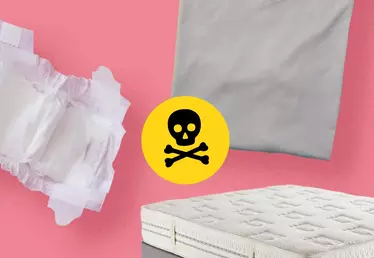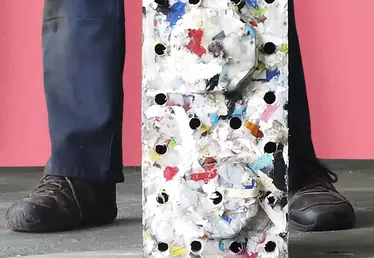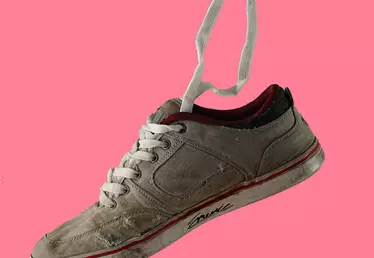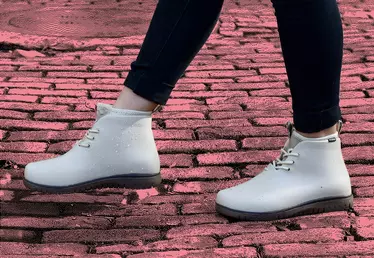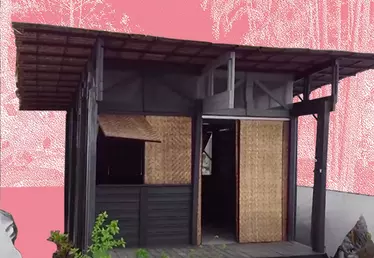

Recycled hair, a new resource
4 min
Our hair can become annoying and space-consuming waste for barbers, who gather up to several kilos every day. But hair has become a sustainable ingredient in agriculture and the construction industry.
So what happens to the hair left on the floor after you’ve finished at the hairdresser? The answer is that it usually ends up in the trash. According to Coiffeurs Justes an organization that promotes hair recycling, hair represents 50% of the waste produced by hair salons. Which is a real pity given that we know this organic material has some very interesting properties – not only is hair abundant, but it is also resistant and a good insulating material.
Put into the special bags provided by the organization founded by Thierry Gras - a hairdresser in the Var - the hair is collected from member hair salons, treated and recycled for reuse in a number of different sectors – for example agriculture, building and environmental protection.
The hair may be used to fill floating tubes which serve as absorbent filters that help prevent the spread of oil spills. The structure of the hair means it retains hydrocarbons; it is a natural biosorbent. This surprising solution was successfully tested in 2010, in the Gulf of Mexico after the explosion on the Deepwater Horizon oil rig.
The organization Matter of Trust came up with the idea of recovering hair from America’s hair salons to fill the huge sausages made from nylon stockings used to absorb the oil. According to calculations made by Matter of Trust at the time, about 500 g of hair absorbs up to 4 liters of oil!
Today, the organization works with companies responsible for rainwater management in several cities in Texas and California.
A viable business model
Hair is also useful in agriculture: mixed with compost, it is a good fertilizer rich in nutrients that plants love. Some growers even use it to protect their vines from wild animals, such as deer. Because the hair is impregnated with the smell of humans, it acts as a repellent and scares them away.
Recycled hair also makes a good sound and heat insulating material. In short, it represents a new and very interesting renewable resource!
Today, Coiffeurs Justes would like to develop an economic model for recycling hair and a value chain bringing together the various local players (recycling companies, hairdressing professionals, future customers of recycled hair, local authorities, etc.).
It will also involve conducting a number of studies (to evaluate the various recycling processes, for example, or estimate the added value of energy recovery) and setting up a global communication and awareness raising campaign aimed at the various audiences. Already more than a hundred hairdressers belong to Thierry Gras’ organization.






